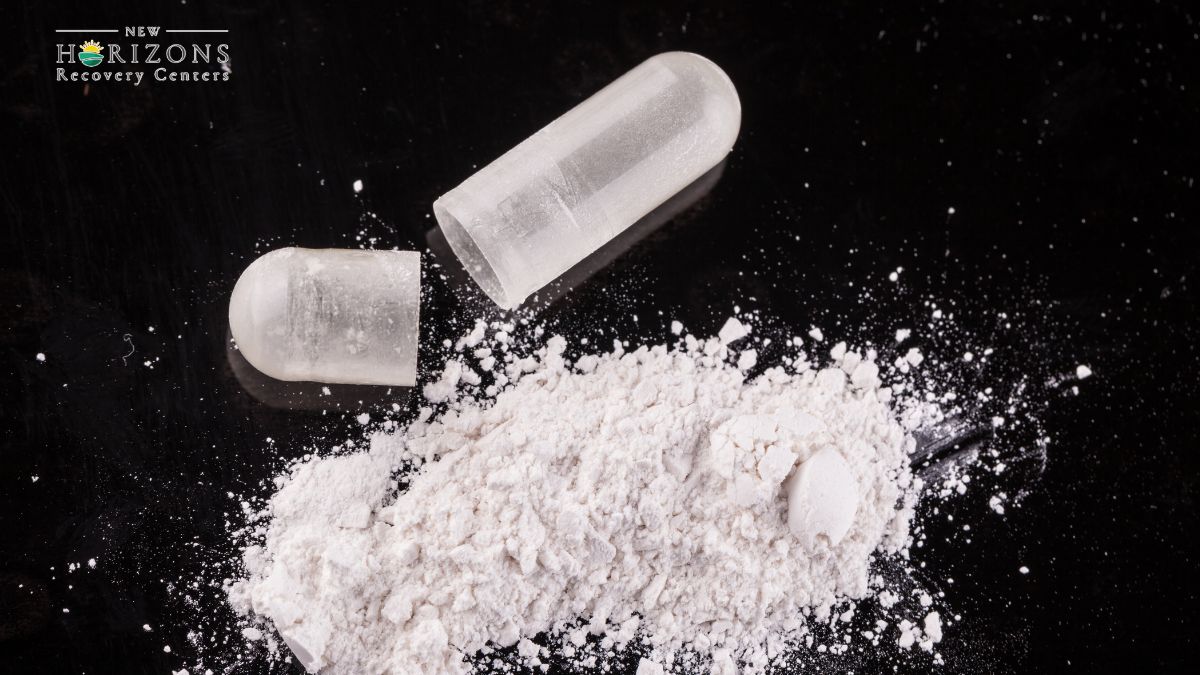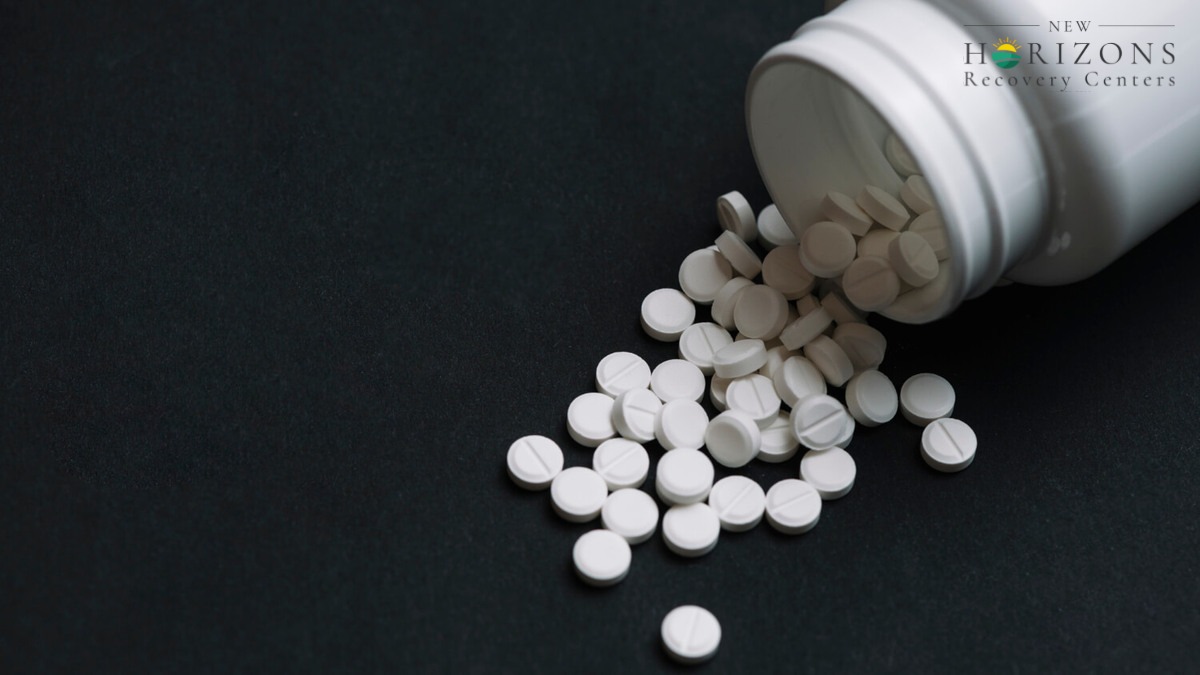Understanding Designer Drugs
To grasp the potential dangers of mixing designer drugs, it is important to first understand what these substances are and why individuals are attracted to them.

Definition and Purpose
Designer drugs, also known as synthetic drugs or "legal highs," are lab-created substances that mimic the effects of illegal drugs but are specifically formulated to evade detection by drug enforcement agencies. They serve no medical purpose and are typically more potent and hazardous than the substances they imitate. These drugs include substances such as synthetic cannabinoids, synthetic cathinones, and synthetic hallucinogens.
The purpose of designer drugs is to induce a high or euphoric state in individuals who consume them. Chemists create these substances by altering the chemical structure of existing drugs or creating entirely new compounds. The aim is to produce a substance that can produce similar effects to illegal drugs while avoiding legal consequences.
Legal Status and Attraction
One of the reasons individuals are attracted to designer drugs is their unclear legal status. The chemists who create these substances often develop them in a way that allows them to bypass legal regulations and detection methods employed by drug enforcement agencies. This loophole creates a perception that using designer drugs can provide a way to get high without facing legal consequences.
It is crucial to note that the legal ambiguity surrounding designer drugs does not mean they are safe or without risk. The lack of regulation increases the potential dangers associated with these substances, as they may contain toxic chemicals, such as bleach and ammonia, that can have detrimental effects on the body [3]. Moreover, the lack of official naming for some compounds and regional variations in naming can lead to hazardous mix-ups and potentially lethal combinations.
Understanding the definition, purpose, and legal status of designer drugs is crucial in recognizing the risks associated with their use. These substances are not only potent and hazardous but also lack the oversight and regulation necessary to ensure their safety. Mixing designer drugs can have severe consequences, including severe health issues, mental health problems, and even death. It is essential to prioritize education, awareness, and prevention to combat the dangers posed by these substances.
Risks of Mixing Designer Drugs
Mixing designer drugs can have lethal consequences, posing significant risks to individuals who engage in this dangerous practice. The dangers associated with mixing these substances arise from both common practices and the unknown interactions between different designer drugs.
Common Practices
Mixing designer drugs with other substances is common among certain users who actively seek out new drugs online and document their experiences [2]. This multi-drug lifestyle can lead to unpredictable and potentially fatal consequences. Some individuals may combine designer drugs with prescription drugs, alcohol, or illegal drugs, unaware of the dangers they are exposing themselves to.
Unknown Interactions
One of the greatest risks of mixing designer drugs is the unknown interactions between these substances. The lack of official naming for some compounds and regional naming variations can lead to hazardous mix-ups, resulting in serious health complications. When different designer drugs are combined, their effects on the body and brain can be amplified or altered, leading to unpredictable outcomes.
The potential for lethal consequences is high when designer drugs are mixed with other substances like prescription drugs, alcohol, or illegal drugs. The interactions between these substances can be dangerous and unforeseen, putting users at grave risk of life-threatening complications. Toxic ingredients present in some designer drugs, such as bleach and ammonia, further amplify the potential for harm and fatalities.
It is crucial to understand the risks associated with mixing designer drugs to deter potential users and provide necessary intervention for those already caught in the grip of addiction. Awareness of the lethal consequences stemming from these practices is essential for promoting safer choices and protecting individuals from the severe dangers associated with these substances.
Types of Synthetic Drugs
When discussing designer drugs, it's important to understand the different types of synthetic substances that fall under this category. Two common types of designer drugs are synthetic cannabinoids and synthetic cathinones.
Synthetic Cannabinoids
Synthetic cannabinoids, also known as "spice" or "K2," are substances created in a laboratory to mimic the effects of marijuana. However, they can be up to 100 times more potent than THC, the active compound in marijuana. These substances are designed to bind to the same receptors in the brain as THC, producing similar psychoactive effects.
The chemical composition of synthetic cannabinoids can vary widely, making it challenging to predict their effects accurately. These substances can lead to severe physical and psychological effects, including elevated heart rate, high blood pressure, hallucinations, paranoia, and anxiety. Mixing synthetic cannabinoids with other drugs can result in dangerous side effects and unexpected health issues.
Synthetic Cathinones
Synthetic cathinones, commonly known as "bath salts," are synthetic drugs designed to imitate the chemical found in the khat plant. These substances can mimic the effects of other psychostimulants, such as amphetamines or MDMA. Synthetic cathinones are often sold as a crystalline powder and can be consumed orally, inhaled, or injected.
The effects of synthetic cathinones can vary significantly depending on the specific substance and its purity. These drugs can produce stimulant effects, such as increased energy, euphoria, and heightened sociability. However, they can also cause a range of side effects impacting physical and mental health. Mixing synthetic cathinones with other drugs, such as benzodiazepines and alcohol, can lead to potentially fatal respiratory depression.
Both synthetic cannabinoids and synthetic cathinones belong to a group of concerning drugs known as "new psychoactive substances" (NPS). These substances are unregulated psychoactive substances that mimic the effects of illegal drugs. Some of these substances have been reintroduced to the market in altered chemical forms, gaining renewed popularity [4].
Understanding the types of synthetic drugs is essential for recognizing the potential risks associated with their use. It is crucial to prioritize personal health and safety by avoiding the use of these substances altogether and seeking help if struggling with substance abuse.
Health Effects of Designer Drugs
Designer drugs pose significant risks to both physical and mental health. Understanding the potential health effects is crucial in raising awareness about the dangers associated with these substances.
Addictive Potential
Research suggests that designer drugs, such as cannabinoid drugs, have the potential to trigger addictive changes in the human brain, similar to the addictive properties of marijuana. Chronic use of designer benzodiazepines can also lead to the development of tolerance and dependence [5]. The addictive potential of designer drugs underscores the importance of prevention and intervention strategies to address substance abuse.
Physical and Mental Impact
The physical and mental impact of designer drugs can vary depending on the specific substance and its chemical composition. Since designer drugs often contain synthetic compounds that mimic the effects of controlled substances, the risks associated with their use can be unpredictable and potentially dangerous.
Physically, the use of designer drugs can result in a range of adverse effects. These may include elevated heart rate, increased blood pressure, respiratory problems, seizures, organ damage, and even overdose. The lack of regulation and quality control in the production of designer drugs increases the risk of exposure to toxic substances, such as bleach and ammonia, which can have severe health consequences.
Mentally, designer drugs can lead to a variety of psychological symptoms and impairments. These may include anxiety, paranoia, hallucinations, delusions, mood disturbances, memory problems, and cognitive impairments. The impact on mental health can be particularly concerning, as it may lead to long-term psychological issues and difficulties in daily functioning.
Mixing designer drugs with other substances, such as prescription drugs, alcohol, or illegal drugs, can further exacerbate the health risks. Dangerous interactions between substances can occur, leading to potentially fatal consequences. The lack of official naming for some compounds and regional naming variations can also contribute to hazardous mix-ups, emphasizing the importance of understanding the dangers of these substances.
By understanding the addictive potential and the physical and mental impact of designer drugs, individuals can make informed decisions about their substance use. It is crucial to prioritize prevention, education, and intervention efforts to address the risks associated with these substances and promote healthier choices.
Lethal Consequences
Mixing designer drugs can have serious and potentially lethal consequences. The combination of different substances and their unknown interactions can lead to fatal outcomes. It is important to understand the dangers associated with mixing designer drugs in order to prevent life-threatening situations.
Fatal Interactions
The act of mixing designer drugs with other substances, such as prescription drugs, alcohol, or illegal drugs, can put users at grave risk. The potential for dangerous and unforeseen interactions is high, and the consequences can be fatal. The lack of official naming for some compounds and regional naming variations can further contribute to hazardous mix-ups, emphasizing the need for caution when dealing with these substances.
Health Complications
Mixing designer drugs can result in severe health complications. These substances often contain toxic ingredients like bleach and ammonia, which can have detrimental effects on the body when combined with other substances. The interaction between designer drugs and other substances, whether prescription drugs, alcohol, or illegal drugs, can lead to dangerous outcomes that may have life-threatening consequences [1].
It is crucial to recognize that mixing designer drugs with various substances greatly increases the risk of life-threatening complications. Understanding these risks is of utmost importance in order to discourage potential users and provide necessary intervention for those already struggling with addiction. By educating individuals about the lethal consequences associated with mixing designer drugs, we can promote safer choices and help prevent tragic outcomes.
Prevention and Intervention
To combat the dangers of mixing designer drugs and minimize the potential for lethal consequences, it is crucial to focus on prevention and intervention strategies. By raising awareness, educating individuals, and providing support and treatment options, we can work towards reducing the harm caused by these substances.
Awareness and Education
Increasing awareness about the risks associated with mixing designer drugs is essential. Synthetic drug use has seen a significant rise in recent years, with approximately 20% of people in the U.S. experimenting with synthetic drugs in 2014. The prevalence of synthetic drug use is highest among young adults, primarily males in their mid to late 20s. Designer drugs are often marketed with colorful packaging and enticing names, appealing to younger individuals. By educating the public, particularly the youth, about the potential dangers and consequences of using these substances, we can help deter experimentation and promote informed decision-making.
Education efforts should focus on providing accurate information about the risks associated with mixing designer drugs with other substances. Reports of negative reactions from synthetic drugs have increased, emphasizing the importance of understanding the potential dangers involved. By disseminating this information through various channels, such as schools, community organizations, and online resources, we can ensure that individuals have access to the knowledge they need to make informed choices.
Support and Treatment
For individuals who are already caught in the grip of addiction or are struggling with the consequences of mixing designer drugs, providing support and treatment options is crucial. Mixing designer drugs with prescription drugs, alcohol, or illegal drugs can put users in grave danger due to dangerous interactions. The potential for fatal consequences is high, highlighting the urgent need for intervention.
Support services should be readily available to those in need, including counseling, therapy, and rehabilitation programs. These services can help individuals understand the underlying factors contributing to their substance use, develop coping strategies, and work towards recovery. It is important to address the physical, mental, and emotional aspects of addiction to provide comprehensive support.
In addition to individual support, involving families and communities in the intervention process can have a significant impact. By promoting healthy family relationships and providing resources for families affected by substance abuse, we can create a strong support network that aids in the recovery journey.
By prioritizing awareness, education, and support, we can help prevent the mixing of designer drugs and reduce the potential for lethal consequences. It is crucial to continue advocating for the importance of safe and responsible choices when it comes to substance use, and to provide the necessary resources for those who need support and treatment.






-ink.jpeg)
